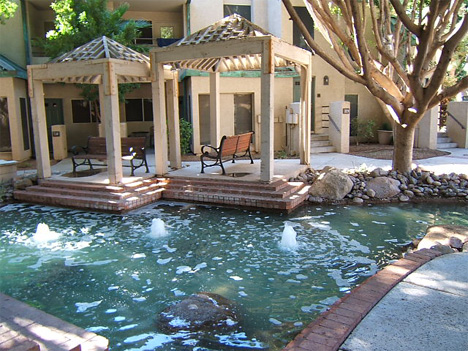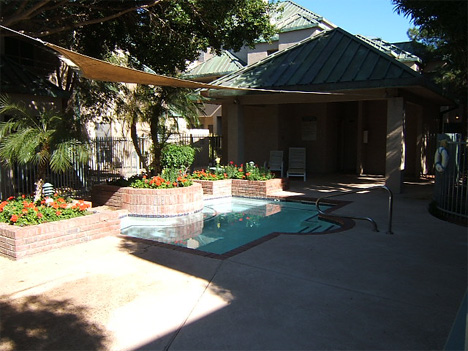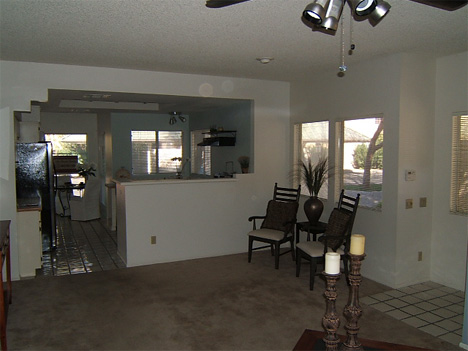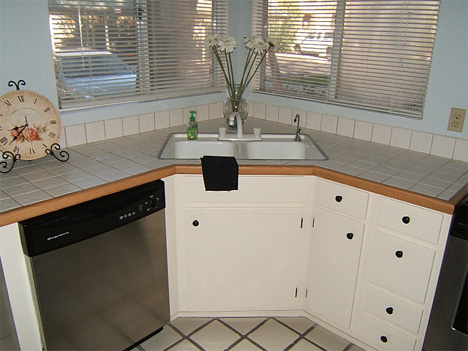This is my column for this week from the Arizona Republic (permanent link). Since I wrote this on Tuesday, events have overtaken some details, but it remains that few if any borrowers in the Phoenix area will be able to renegotiate or modify their loans under the Obama plan. Everyone who used to have home equity will still get to bear their losses unassisted, however.
The federal government’s housing casino will never play fair as long as there are votes to be bought by cheating
To qualify for a renegotiated mortgage under the plan President Obama announced last week, your new loan can be as much as 105% of your old loan — which sounds to me like curing alcoholism with a good stiff drink.
But the people who are in the worst trouble on their loans bought with 100% financing. Even if there had been no decline in values, they probably could not refinance at 105%, not without bringing cash to cover the closing costs.
But, of course, the typical home in the West Valley is down 50% from its peak value in December of 2005.
Suppose you bought a new home for Christmas 2005, paying $275,000. If you get everything just right, you might be able to sell it today for $135,000. You still owe $275,000, but you can refinance your note at only $141,750 under the Obama plan.
Something’s going to have to give.
But what about the people who were move-up buyers in 2005? They may have put 50% down, which means they’ve lost all their equity, but they probably can’t lay claim on a hardship refinancing. What about the people who paid all-cash? Now we’re talking about people who have actually lost real money — their own money.
Meanwhile, many of the people who end up qualifying for restructuring could easily continue to pay on their notes. We all of us pay on our car loans, even though a car loses half its value when you drive it off the lot.
But we don’t think of our cars, clothing, furniture or appliances as investments. By mucking around in the real estate market, the federal government set up a system of middle class welfare, encouraging us to gamble on our homes as if they were leveraged stock issues — or casino games.
This has turned out to have unhappy consequences. A truly free market in real estate would be a boon to us all — but don’t hold your breath. The federal housing casino will never play fair as long as there are votes to be bought by cheating.
Technorati Tags: arizona, arizona real estate, phoenix, phoenix real estate, real estate, real estate marketing



